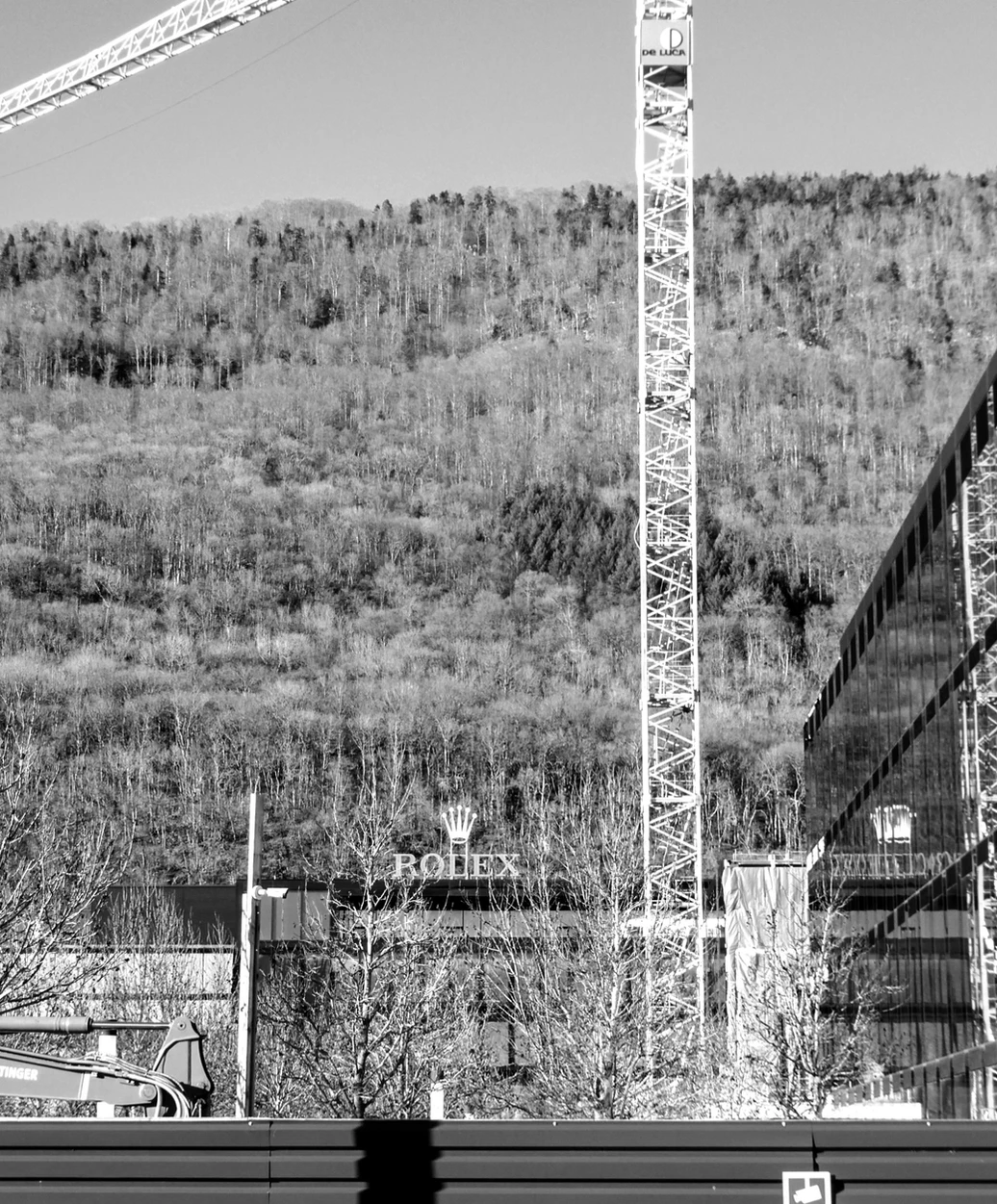
This post was originally published when the blog was focused on Bienne, under the name Made in Bienne. The concept has since evolved to also cover the watch scene across the rest of Switzerland.
To anyone who follows the world of watch collecting, it’s no secret that Rolex supply is nowhere close to meeting the ever-increasing global demand for its watches. Will a drastic expansion of its Bienne facility, hosting over 3,000 employees, and where all movements are produced, change this?
Back in July 2019, Rolex requested a building permit for expanding its current site. This would be the second material expansion of the production facility, after the new buildings inaugurated in 2012.
As you can see in its original version, in French, below, the project includes the addition of two new buildings, a delivery zone, and modifications to the parking lot.
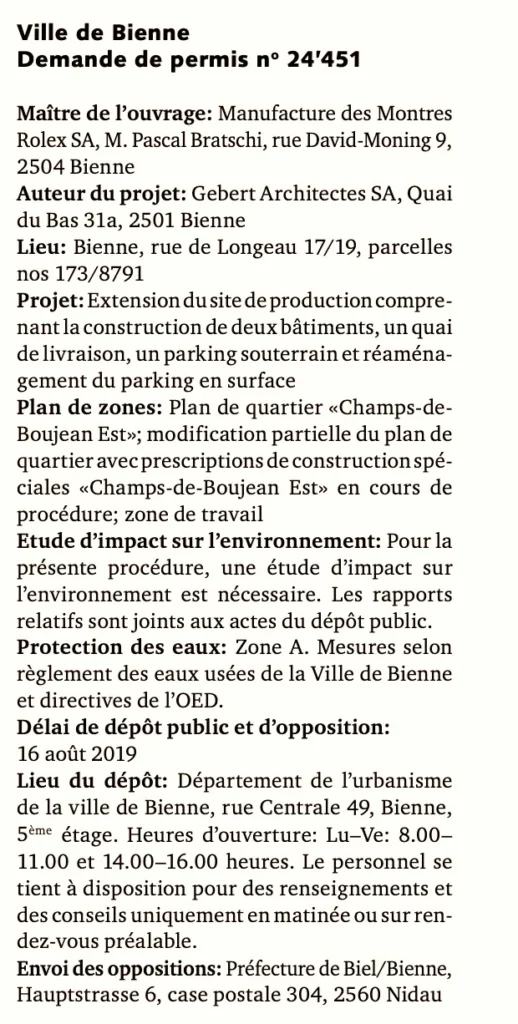
As the document shows, this project is truly “made in Bienne”, being designed by Bienne-based architects Gerbert, who already led the previous expansion in 2012. The two plots specifically mentioned in the permit request, Rue de Longeau 17 and 19, respectively plot numbers 173 and 8791, are on the eastern edge of the current site, as you can see below.

In red the main buildings of the current Bienne site
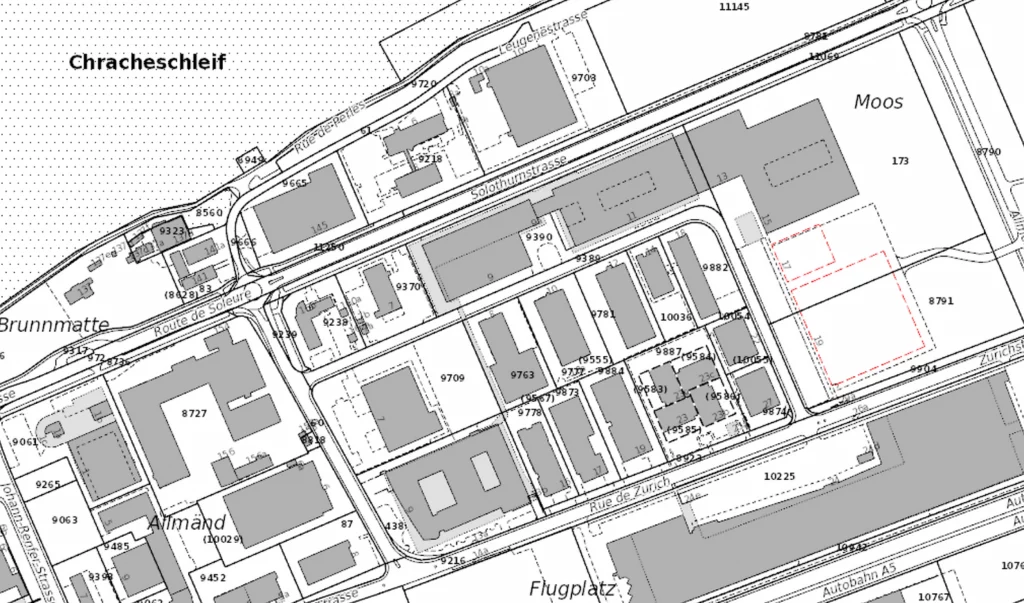
In red, the areas corresponding to the new buildings
While it’s hard to assess with the very limited information available, a rough estimate based on the size of the current site would indicate an expansion of about 15-20% of the production areas, considering that the current buildings also include administrative offices, a cafeteria, etc. Assuming Rolex currently produces about 900k watches a year (online estimates vary between 800k and 1M) this could mean an increase between 135k and 180k units. That’s a lot of ifs but hopefully gives us a realistic order of magnitude.
Fast forward almost three years (and a pandemic!), it seems that the construction is almost finished. In the pictures below taken on Saturday, February 5, 2022, it clearly appears that the main elements are finalized. It’s obviously hard to tell from the outside what is the state of the setup inside, but one can assume that the key production equipment was prepared in parallel. It is probably safe to assume that we are just a few months away from the site being in full motion.
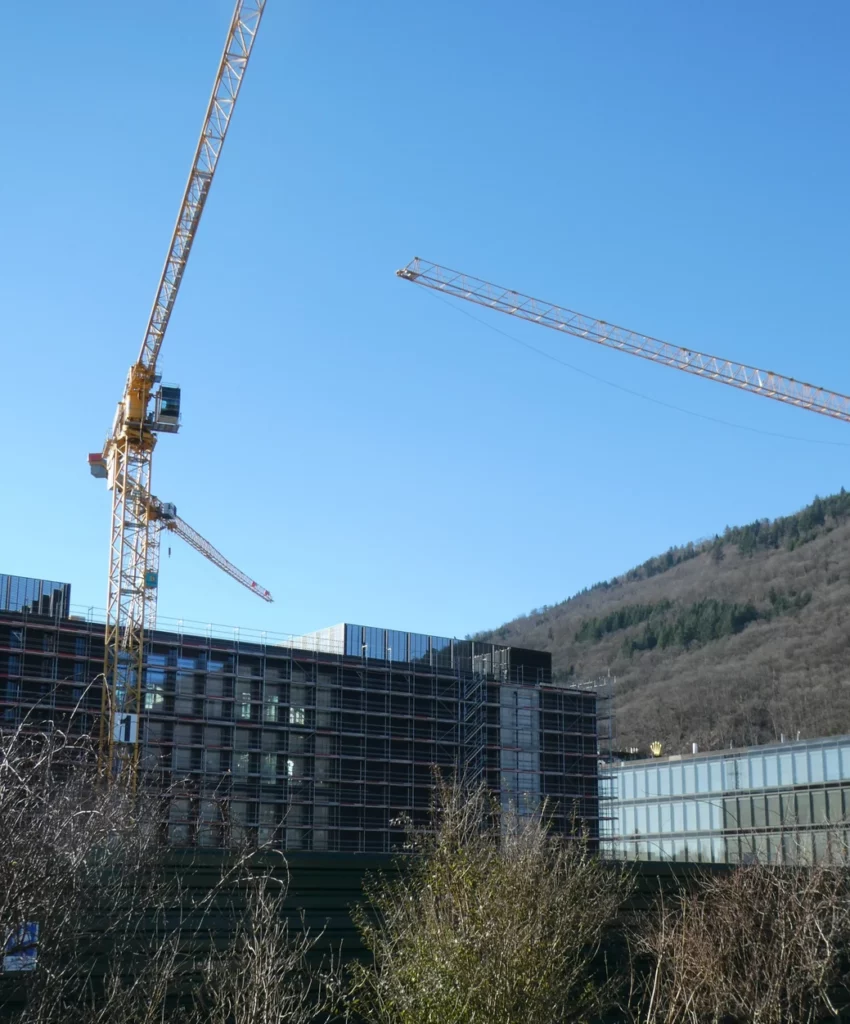

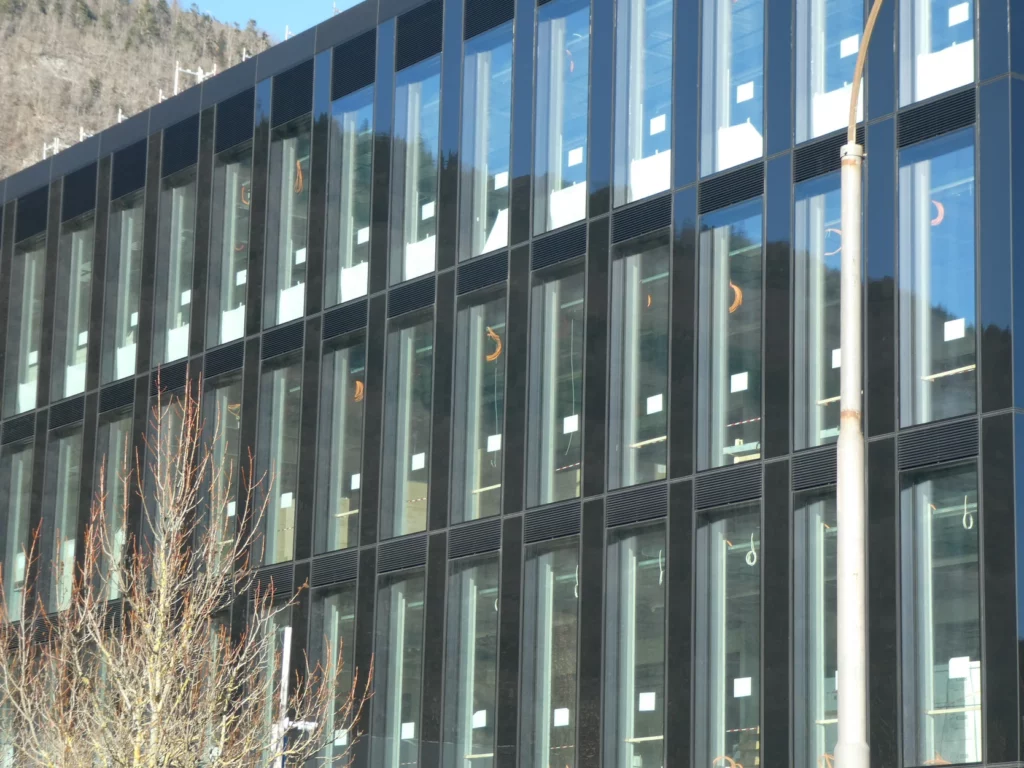

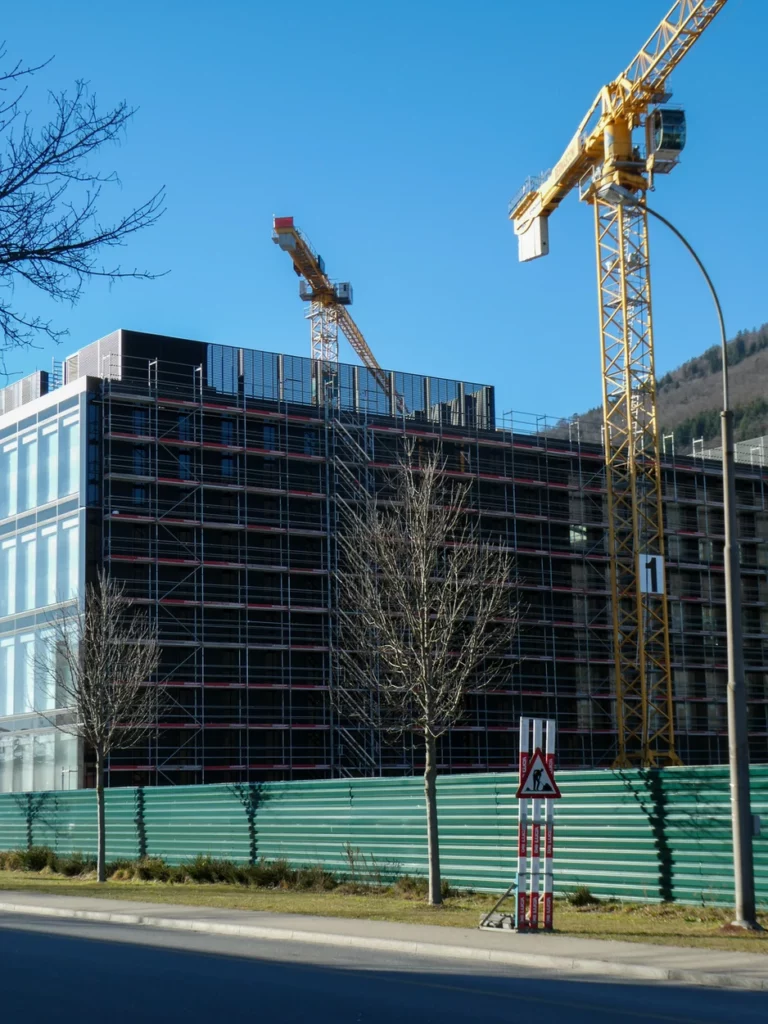
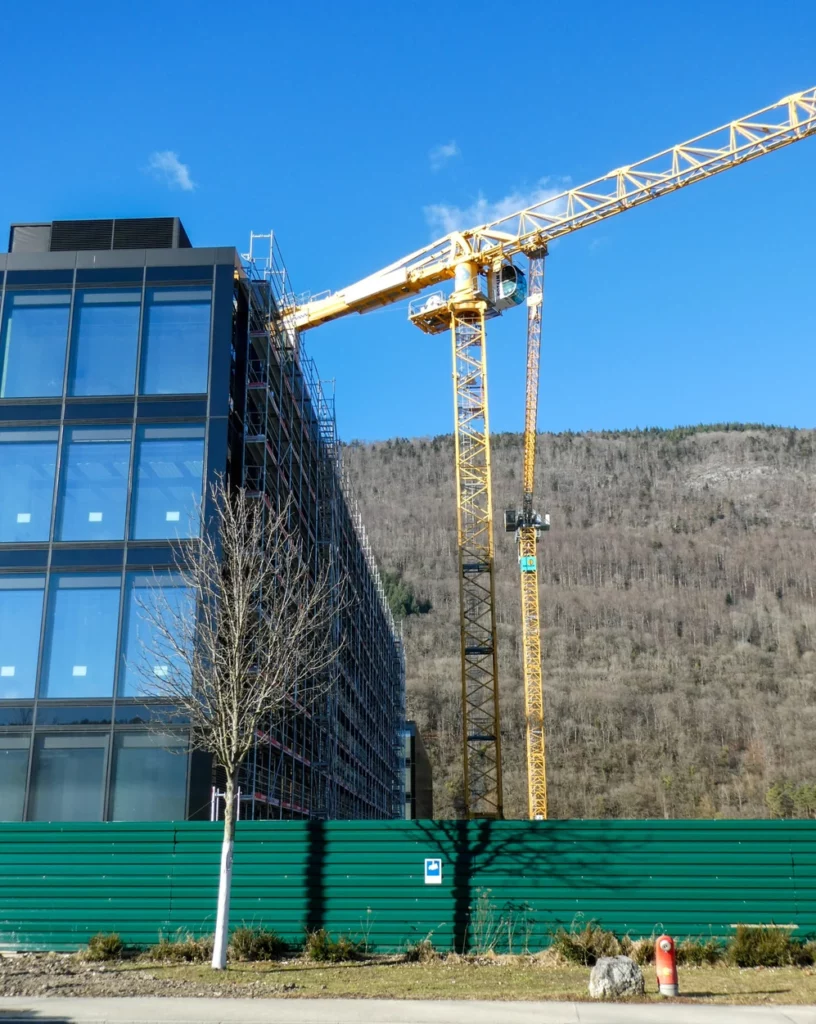
What will this mean in terms of actual production capacity? How exactly will the new buildings be put to use? When will watch enthusiasts who want to purchase a Rolex actually feel the impact when they go to their authorized retailers? As often in the world of watches, only time will tell.
For those interested in better understanding the history of Rolex in Bienne, you may enjoy reading the brand’s own overview, “Rolex in Bienne, A Movement Ahead” and yours truly’s Finding Where the First Rolex Watches Were Made.


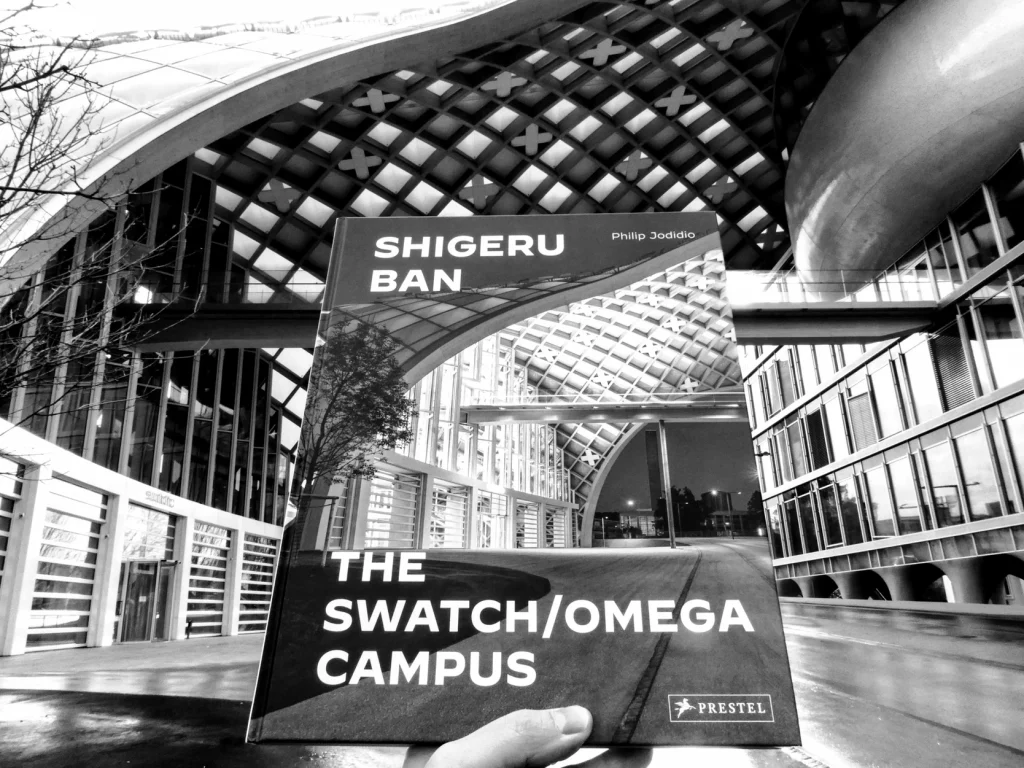

Hopefully it’s for Daytonas only 🙂